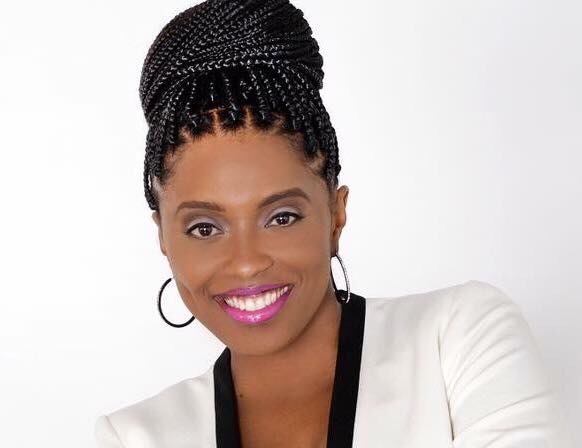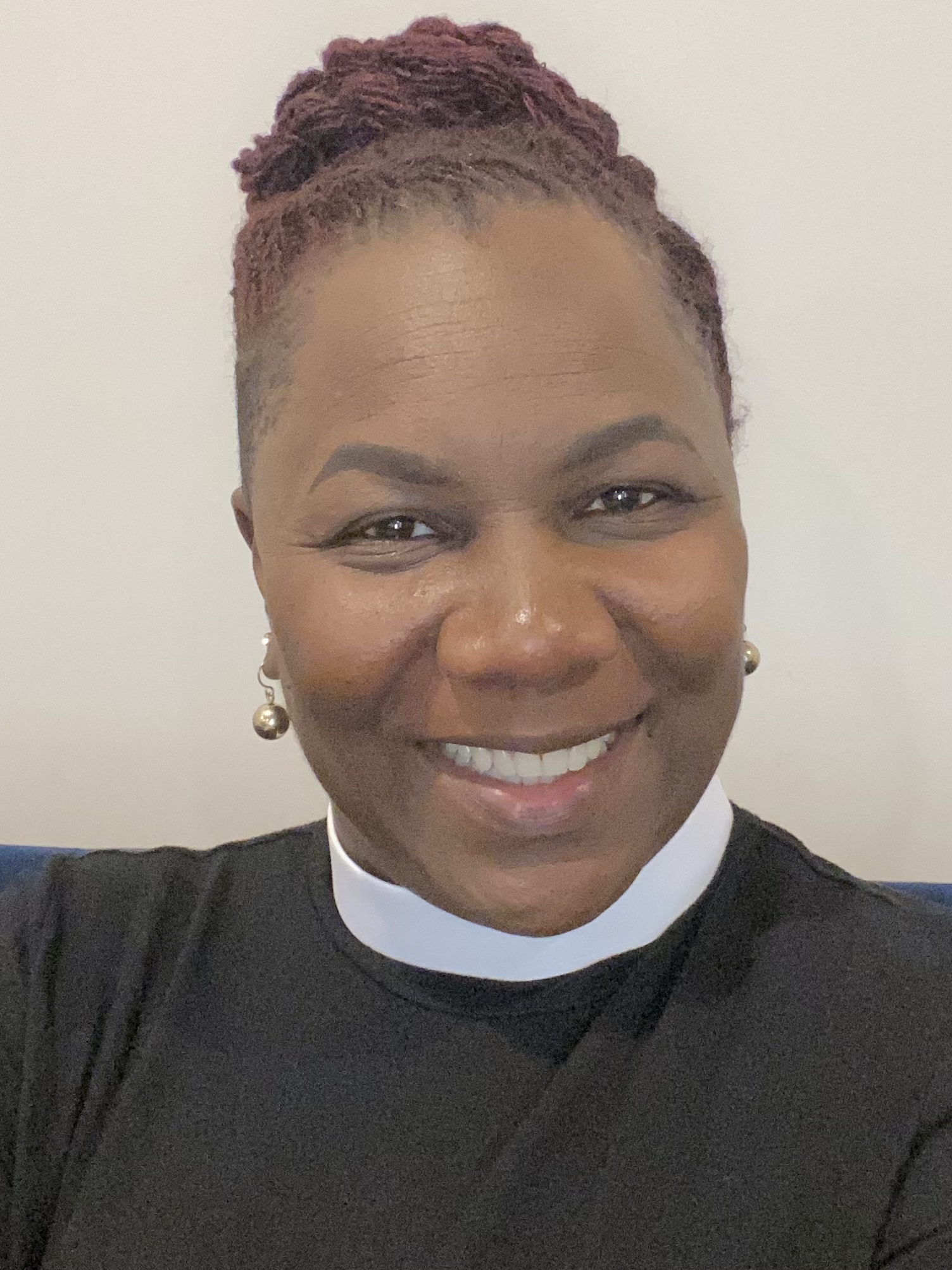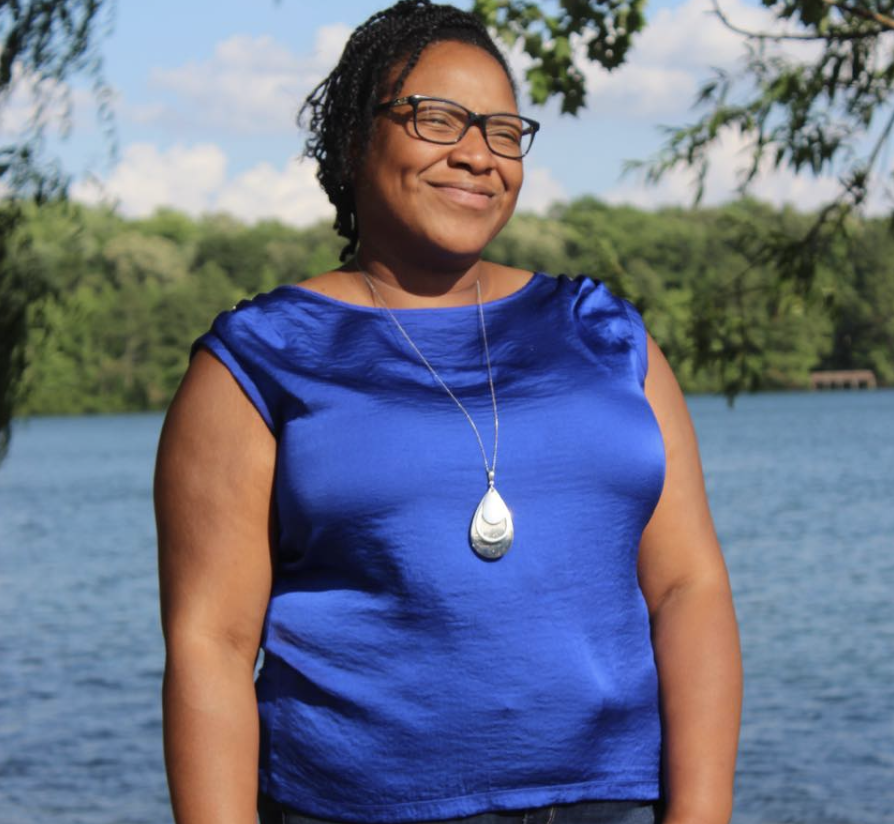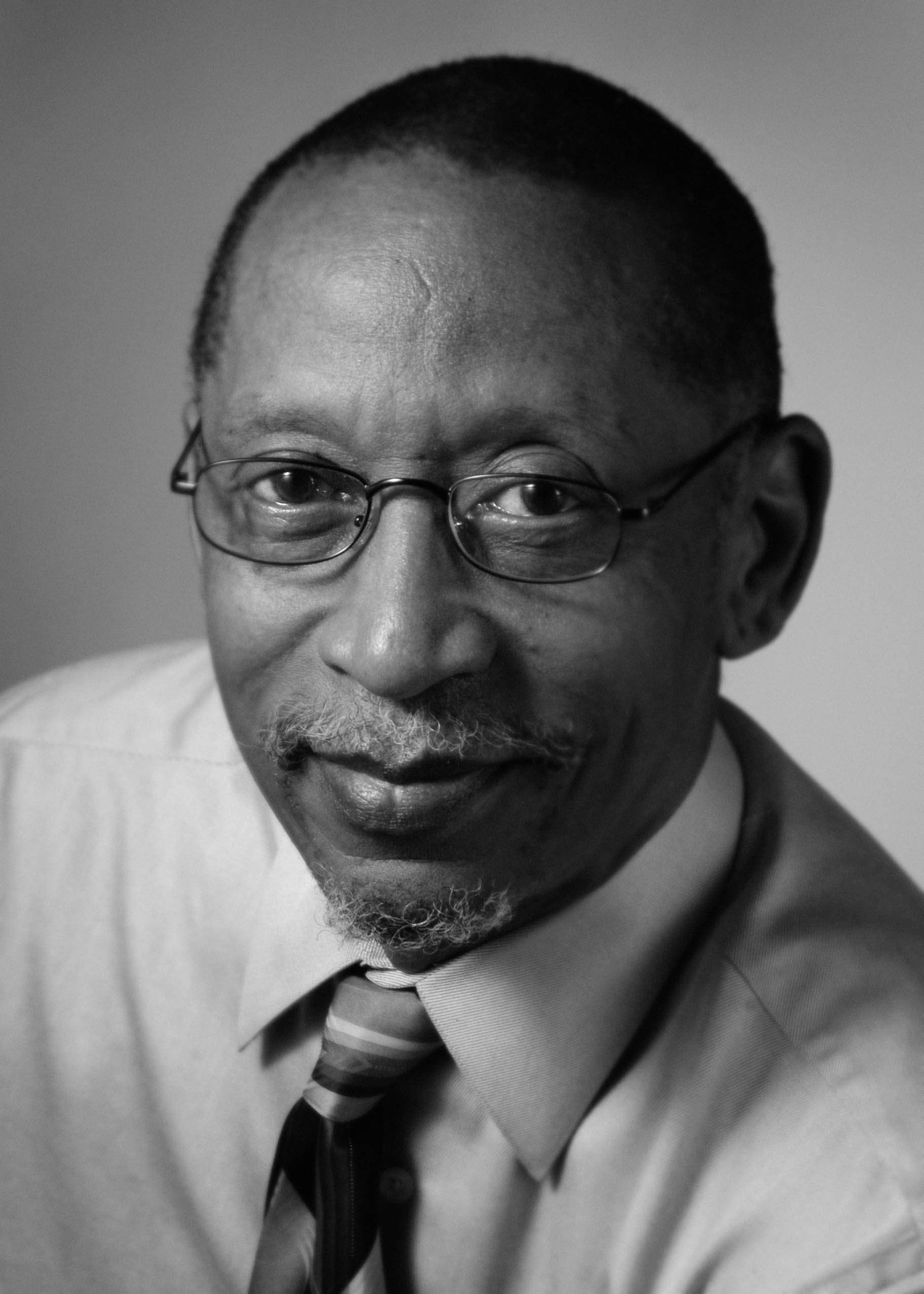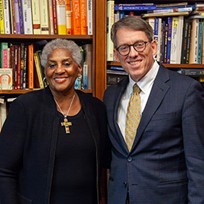Through the Eyes of Elmina: Lessons from Ghana’s Slave Castle
Rev. Arionne Yvette Williams, Contributing Writer
It was a beautiful May afternoon when I first set foot in Elmina. About 85 degrees, the boisterous waves of the Atlantic Ocean were crashing up on the shore, over and over again, one after the other. It was my first time on the continent; and even after having been there for nearly a week, I still could not believe my fortune. It was still unbelievable to me that I was walking around in Ghana, the land I presume to be the home of some of my ancestors. I was blessed to co-lead a mission trip there with a group of faculty and students from the beloved University where I serve as chaplain. We’d raised money to expand and furnish a school in the Pappase village and after finishing our work we’d headed off to the Gold Coast to spend a few days touring and enjoying the Coconut Grove resort.
The Ghanaian sun was bright and beautiful that late afternoon, but nothing else about the visit was. Just as I’d expected, it was ugly. In my opinion, there was an unrelenting stench in the place. Setting foot in this massive house of real horrors, immediately took me back to my days at Howard University when I read John Hope Franklin’s classic, From Slavery to Freedom. I am thankful for my African American Studies’ course and all I learned from Dr. Greg Carr back in 2003 about Elmina and the slave trade. It was preparation for this moment. However, reading about it and being there are two very different things. It was paralyzing to stand in the actual dungeons where they kept the female slaves.
I saw it all. Every bit of it was heart-wrenching, gut-turning, painful, and horrifying. It is unimaginable what our ancestors endured. It was also sobering. It was sad what had been done to us and what we had done to each other (Africans served as the actual slave catchers). None of this shocked me. I knew my foremothers had been raped. I knew that my ancestors suffered horrifying living conditions there for three months as they waited to be picked up and forced on to slave ships. This was just a powerful exercise of living and breathing in the actual space where it all happened. It became real. None of it was surprising except for one thing: the presence of the church.
I had no idea that there were actually two churches, a Portuguese and a Dutch, inside the walls of the slave castle. As an ordained minister, I shrank. I was so embarrassed by what the church had done! As I walked the halls of Elmina, I was deep in thought and full of anger and questions. What kind of theological and intellectual gymnastics did the Portuguese and Dutch have to do in order to worship there? Did it bother them it all? Did they even think twice about it? Was it that they just weren’t truly Christian—that they had not truly been transformed by the Gospel? How do you truly encounter the liberating power of the Gospel, the one that “sets the captives free,” but readily enslave and kill other human beings? How do you offer thanks and prayers of petition in the worship of our Holy God, knowing you raped an African woman the previous night just a few steps away? Who were these monsters? How could they dare call themselves Christians? Moreover, what should we make of the pastors and priests who led those congregations over the years? They had to know this was wrong! How do you mount a pulpit each week and refuse to speak truth to power? How can you sleep at night knowing you are condoning such violence and being silent about the suffering you see? Where is your compassion, sense of justice, love for God and neighbor, pastor? WHERE?
The lesson from Elmina was that the church was destined to play a pivotal role in what happened there, for good or for bad. It was their choice to make. Unfortunately, for nearly 400 years, the church there was absolutely complicit in the suffering of our people. What would’ve happened, however, if it had taken a more courageous stance? What if the church had been critical of the slave trade and slavery? How could they (the church) have changed the course of history?
That is also the question we must ask ourselves, “Who has God called us to be in our times?” Who are the vulnerable we are called to fight with and for? Is it the poor? Women? People living with disabilities? The underinsured? Unemployed? The LGBTQ community? Muslims? There are plenty of folks suffering, how will the church respond to their pain? As people of African descent in the United States, we are not unfamiliar with the fight for justice. Our history has prepared us for leadership in this endeavor. So who are the groups and people who suffer just like we do? How can we align ourselves and build coalitions that will bring about peace, justice, and equality? How will we live the liberating power of the Gospel today?
May the most powerful lesson of Elmina motivate us. We have a role, how will we play it?
The Rev. Arionne Yvette Williams is the Associate Chaplain at the University of Indianapolis and an ordained deacon in the AME Zion Church. She is the author of Love Like I’ve Never Been Hurt: How to Heal from Heartbreak. Like the sassy and bodacious woman in the Song of Solomon, Arionne is on a mission to live boldly and authentically in pursuit of her divine purpose and wildest dreams!
“Rev. Arionne Yvette Williams is the Associate Chaplain at the University of Indianapolis and an ordained deacon in the A.M.E. Zion Church. She is the author of “Love Like I’ve Never Been Hurt: How To Heal From Heartbreak.” Like the sassy and bodacious woman in the Song of Solomon, Arionne is on a mission to live boldly and authentically in pursuit of her divine purpose and wildest dreams!”

